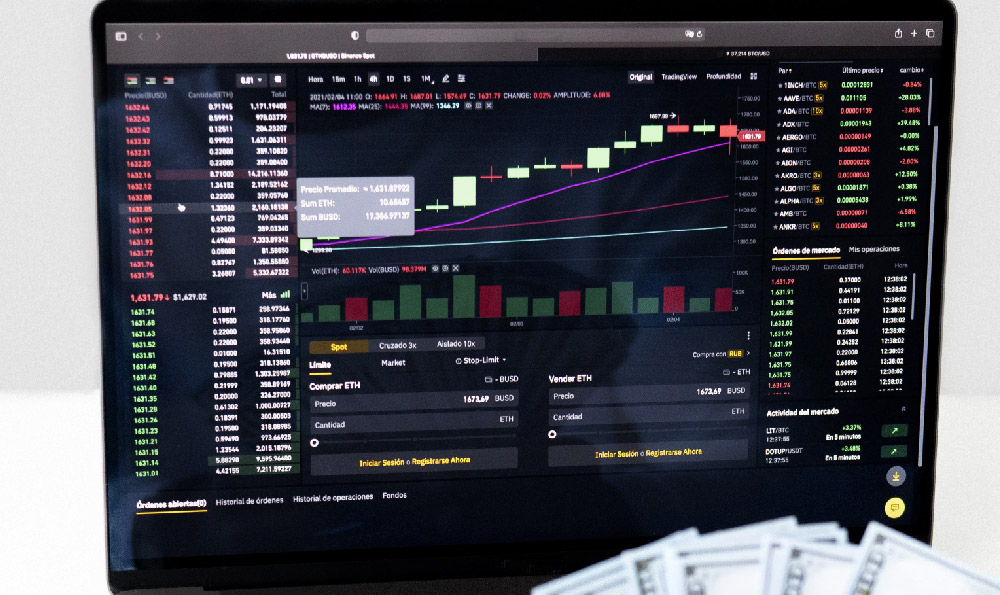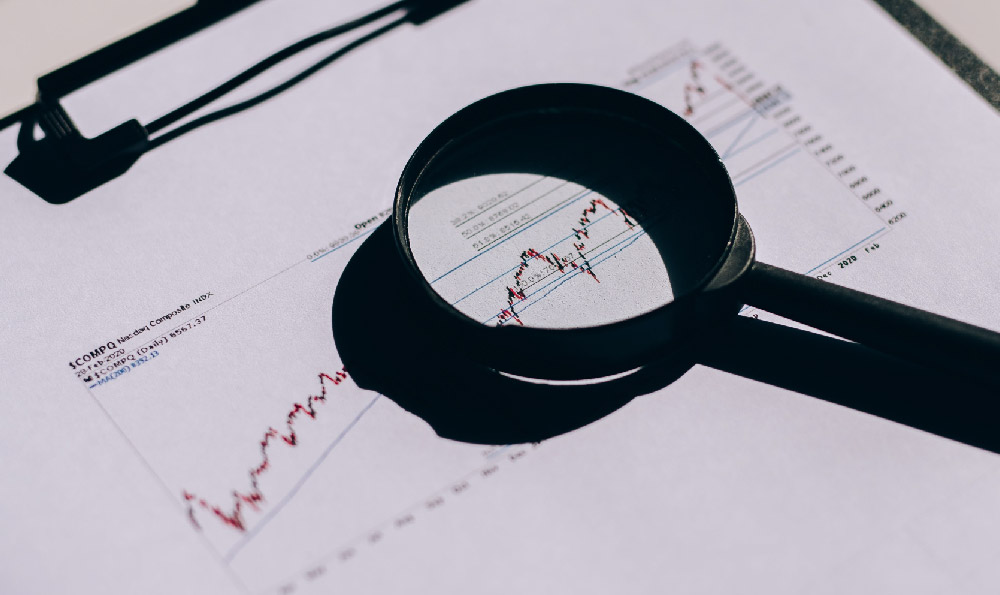Calculating the Return on Investment (ROI) on an investment property is a crucial step in determining its profitability and whether it aligns with your financial goals. It's a metric that helps you assess how efficiently your investment is generating returns, allowing you to compare different properties and make informed decisions. While ROI is not the only factor to consider, it provides a valuable snapshot of a property's financial performance. Understanding the nuances of ROI calculation empowers investors to manage risk and optimize their investment strategies.
The basic concept of ROI is straightforward: it's the ratio of net profit to the initial investment. This ratio is usually expressed as a percentage, giving you a clear idea of the return you're getting for every dollar invested. However, the complexity arises in defining "net profit" and "initial investment" within the context of real estate. Let's break down the components.
To calculate the ROI, you need to first determine your net profit. This involves calculating all income generated by the property and subtracting all associated expenses. Income sources typically include rental income, but could also encompass things like laundry fees or pet rent. Expenses, on the other hand, are more varied and demand careful consideration. These expenses might include mortgage payments (principal and interest), property taxes, insurance, property management fees (if applicable), maintenance and repairs, HOA fees (if applicable), vacancy costs (estimating periods when the property is unoccupied), and potential capital expenditures (such as replacing a roof or HVAC system). A common mistake is to underestimate these expenses, leading to an inflated ROI calculation. Therefore, thorough due diligence and realistic forecasting are essential.

Once you've accurately calculated your net profit, you need to determine your initial investment. This isn't simply the purchase price of the property. Instead, it's the total amount of money you put into acquiring and preparing the property for rental. This includes the down payment, closing costs (loan origination fees, appraisal fees, title insurance, etc.), and any initial repairs or renovations needed to make the property habitable and attractive to renters. Don't forget to include costs for landscaping, painting, or necessary appliance upgrades. These initial expenses can significantly impact your ROI, so it's crucial to track them meticulously.
After gathering these numbers, the most straightforward way to calculate ROI is using the following formula:
ROI = (Net Profit / Initial Investment) x 100
For example, let's say you purchase a property for $200,000. Your down payment is $40,000, closing costs are $5,000, and you spend $5,000 on initial renovations. Your total initial investment is $50,000. Over the course of a year, the property generates $24,000 in rental income. Your annual expenses (mortgage payments, property taxes, insurance, maintenance, etc.) total $14,000. Therefore, your net profit is $10,000.
Using the formula, your ROI would be: ($10,000 / $50,000) x 100 = 20%. This means you're earning 20% of your initial investment each year.
While this simple calculation provides a general idea of ROI, a more refined method, often called the cash-on-cash return, focuses specifically on the cash flow generated by the property relative to the cash invested. Cash-on-cash return is particularly useful for investors who finance their properties, as it isolates the impact of financing on their returns.
The cash-on-cash return formula is:
Cash-on-Cash Return = (Annual Cash Flow / Total Cash Invested) x 100
In this case, annual cash flow is the net operating income (NOI) minus debt service (mortgage payments). Total cash invested is the same as the initial investment we discussed earlier.
Using the same example, let's assume your annual debt service (mortgage payments) is $10,000. Your annual cash flow would be $24,000 (rental income) - $14,000 (expenses) - $10,000 (debt service) = $0. Your cash-on-cash return would therefore be ($0 / $50,000) x 100 = 0%. This highlights the significant impact of financing on your returns. While the simple ROI might look appealing, the cash-on-cash return reveals that you're not actually generating positive cash flow after accounting for your mortgage payments.
It’s important to remember that ROI is just one metric among many. It doesn’t account for factors like appreciation (the increase in property value over time), which can significantly boost your overall return. Furthermore, it doesn't consider the tax benefits of owning investment property, such as depreciation deductions. A comprehensive investment analysis should incorporate these elements to provide a more complete picture.
Several factors can significantly impact your ROI. These include vacancy rates, property management fees, and unexpected repair costs. Higher vacancy rates reduce rental income, directly impacting your net profit. Similarly, higher property management fees eat into your cash flow. Unexpected repairs, such as a burst pipe or a major appliance failure, can also significantly decrease your ROI, particularly in the short term.
To improve your ROI, you can focus on increasing rental income, decreasing expenses, or both. Increasing rental income might involve raising rents (while remaining competitive in the market), improving the property to attract higher-paying tenants, or adding additional income streams (such as laundry facilities or pet fees). Decreasing expenses can involve negotiating better rates with contractors, implementing energy-efficient upgrades to reduce utility bills, or carefully screening tenants to minimize vacancy and repair costs.
In conclusion, calculating the ROI on an investment property is a fundamental step in evaluating its financial viability. Understanding the various components of the calculation, including net profit, initial investment, and cash flow, allows you to make informed decisions and manage risk effectively. While ROI is not the only metric to consider, it provides a valuable snapshot of a property's financial performance, helping you compare different opportunities and optimize your investment strategy. Remember to factor in potential appreciation and tax benefits for a more comprehensive analysis, and continuously monitor and adjust your strategy to maximize your returns over the long term.












